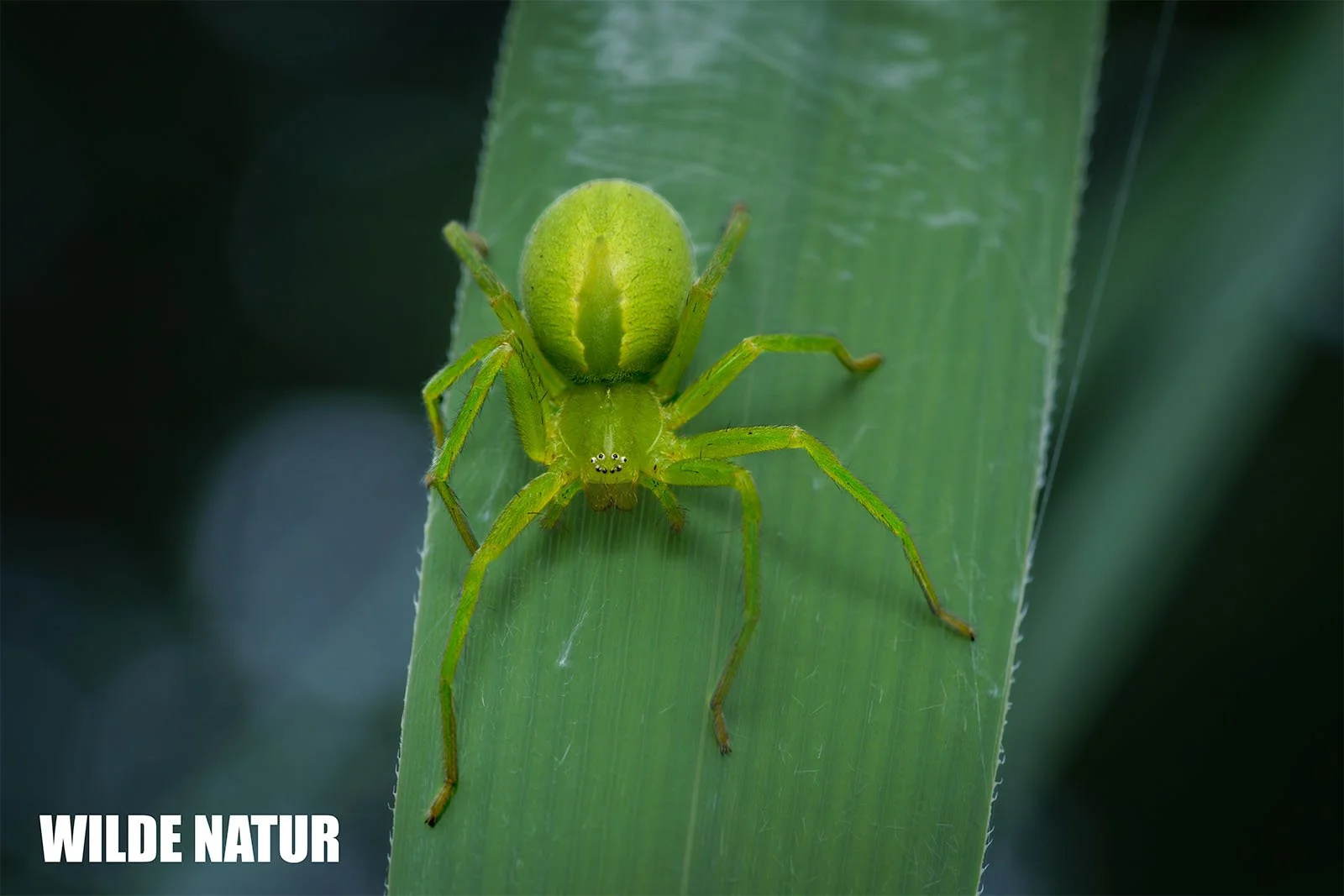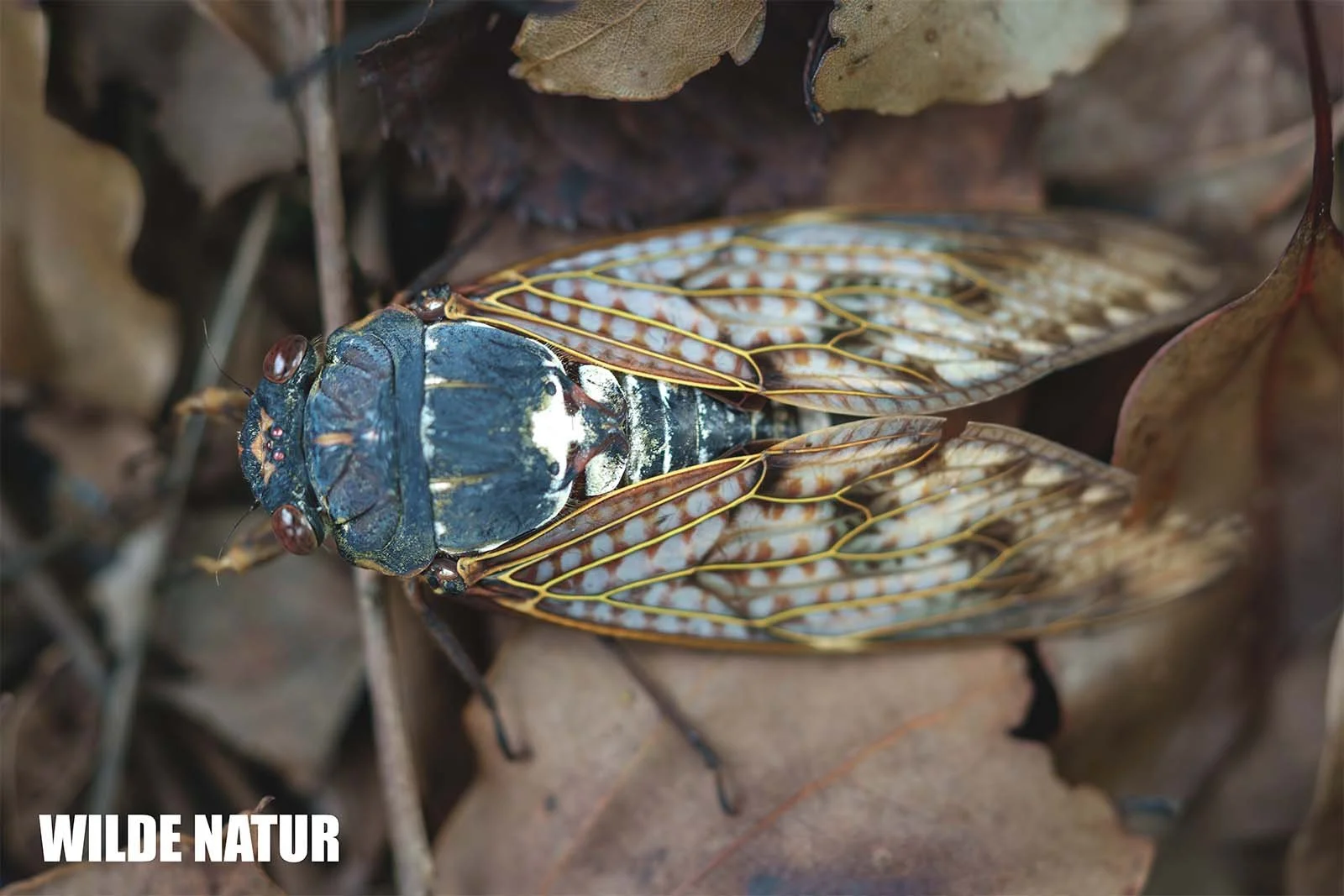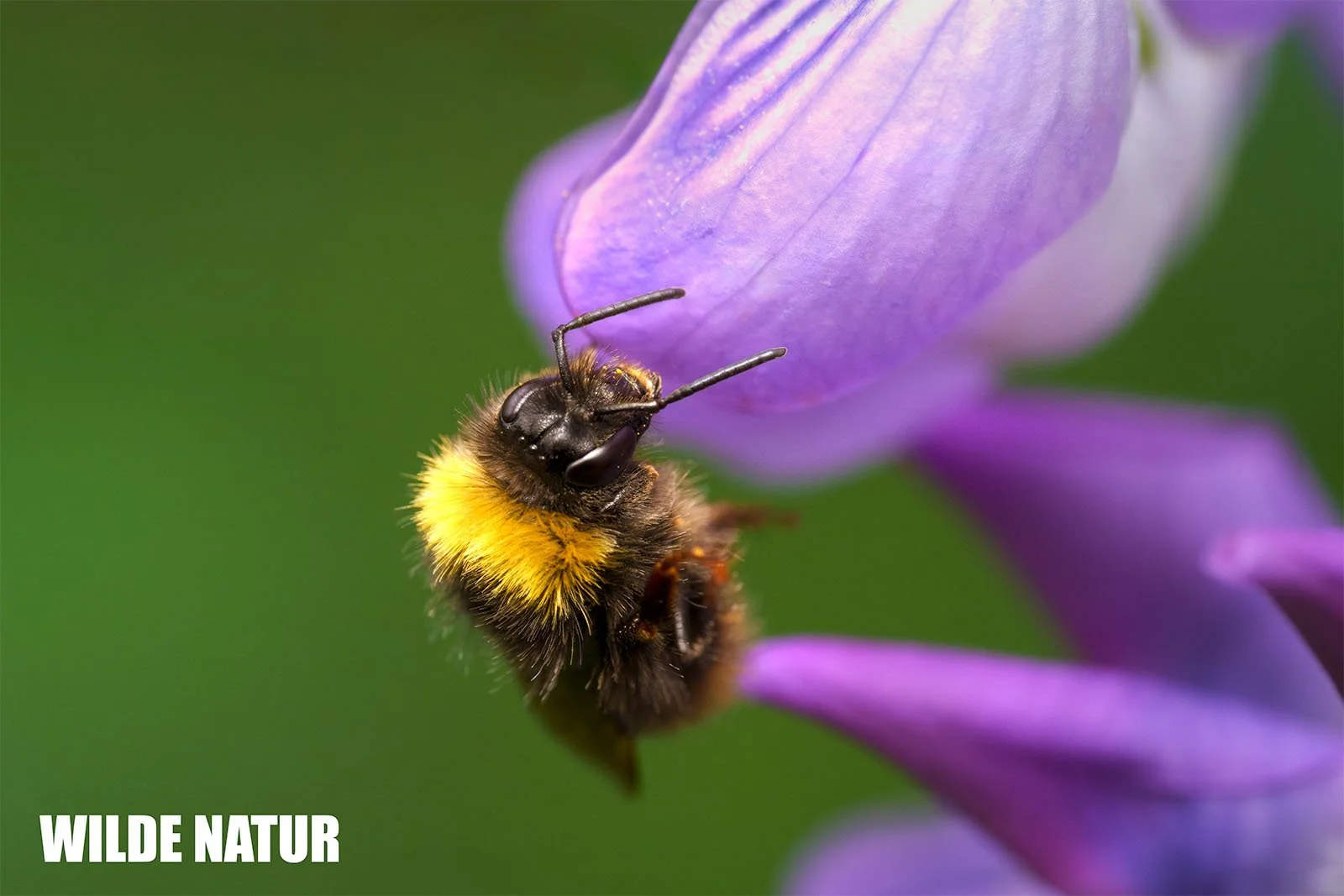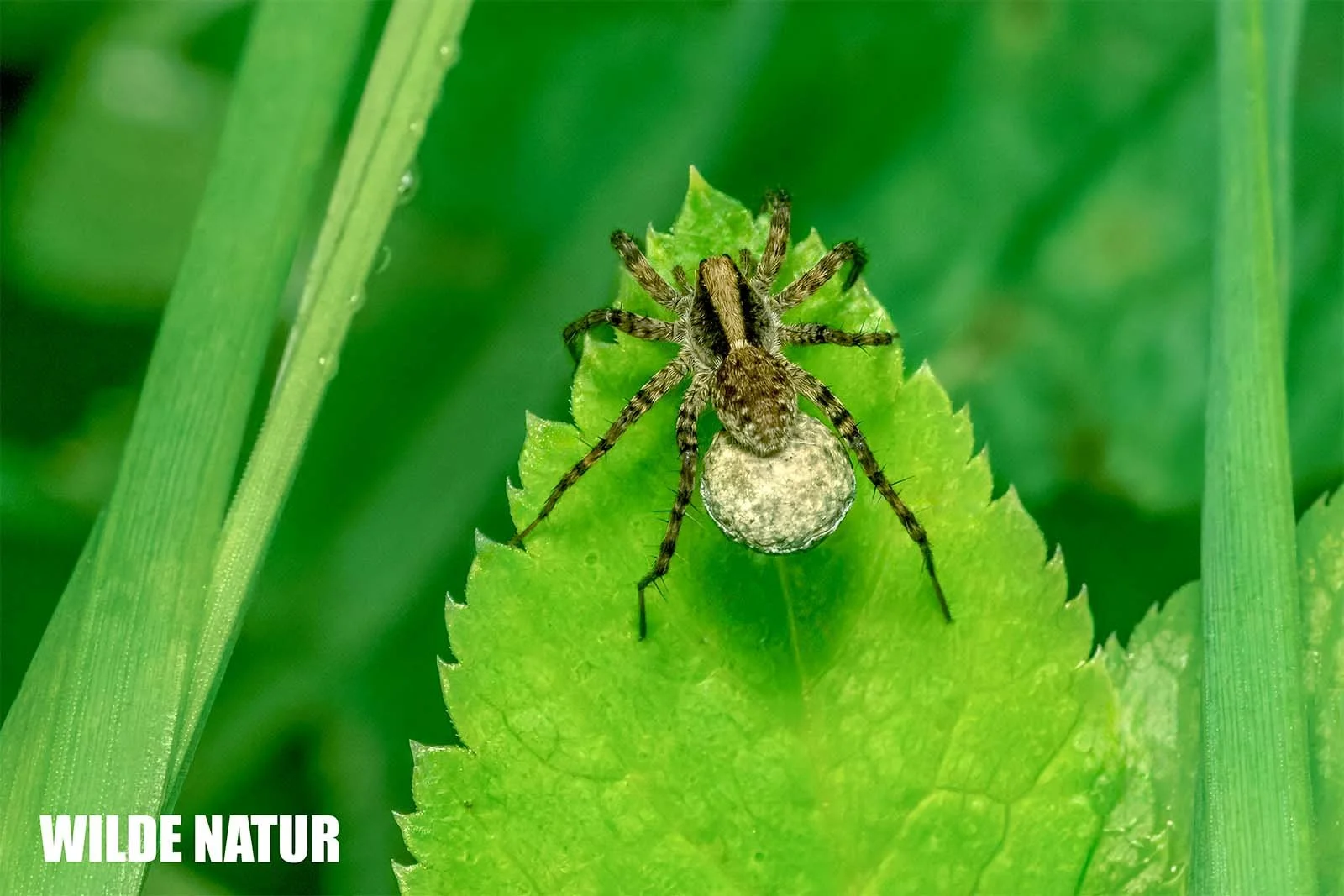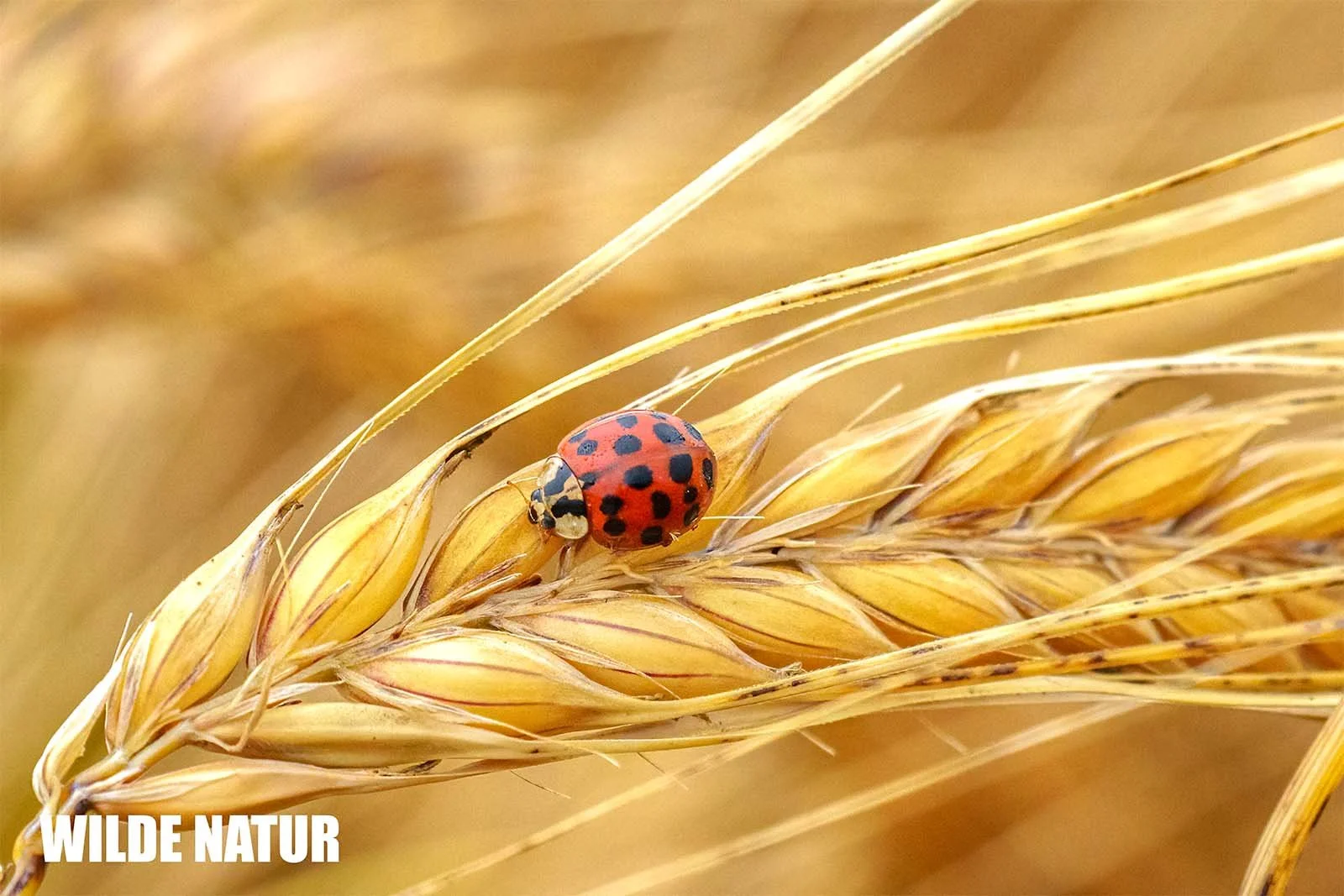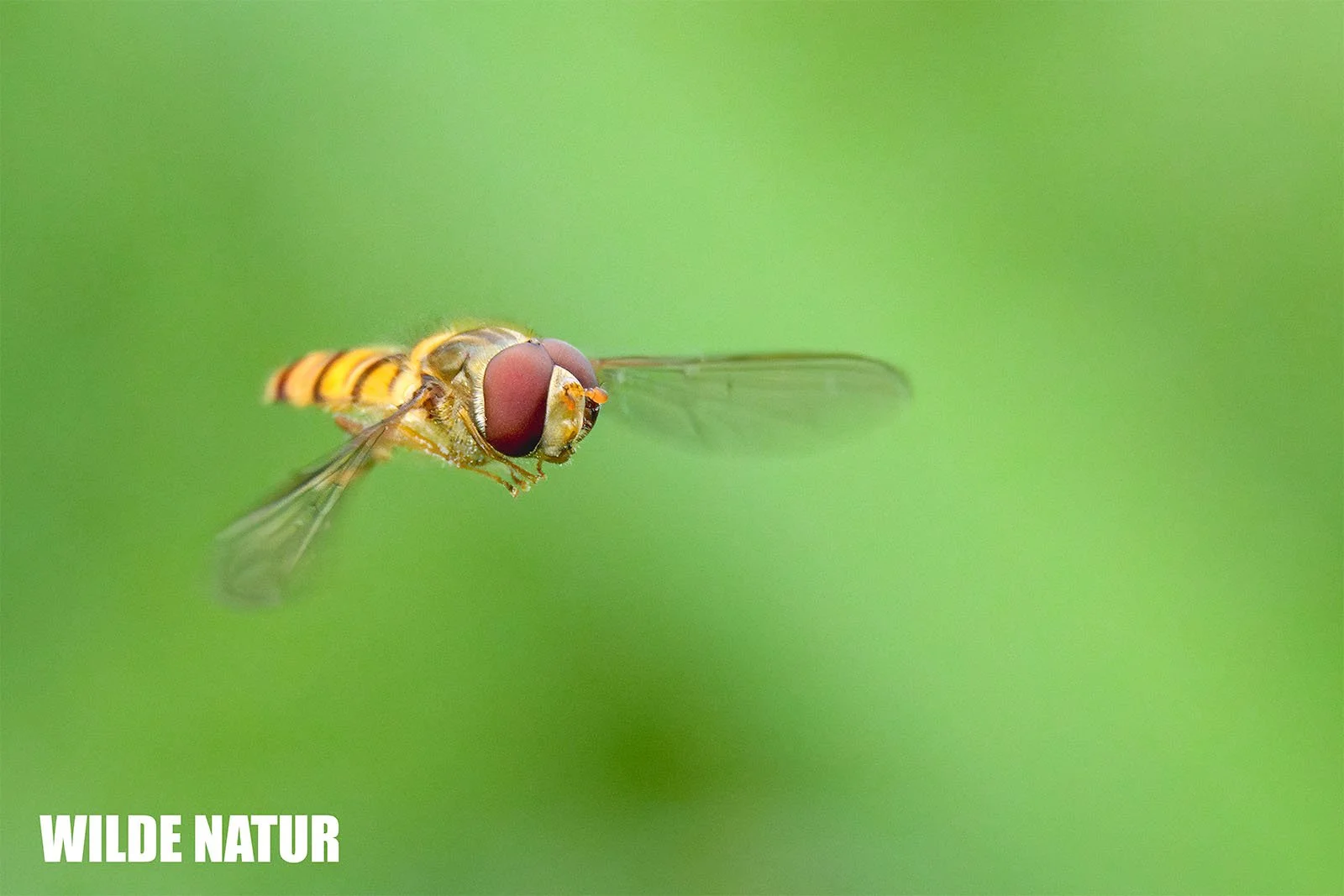Small white (Pieris rapae)
Small white (Pieris rapae)
Small White (Pieris rapae): The Classic White Butterfly of Our Gardens
The small white is one of Europe’s most familiar butterflies. Discover everything about its appearance, diet, lifestyle, and global distribution — and learn why this adaptable species has become a true world traveler.
Key Facts
- Wingspan: 45–60 mm
- Coloration: white with dark wingtips
- Diet: nectar (adults), cabbages and other brassicas (larvae)
- Flight period: March–October
- Overwintering stage: pupa
- Generations: 2–4 in Central Europe, up to 5 in warmer regions
- Distribution: worldwide
- Habitat: gardens, meadows, fields
- Scientific name: Pieris rapae
- Common name: small white
- Family: whites (Pieridae)
- Feeding: nectar (adults), cruciferous plants (larvae)
- Lifestyle: diurnal, warmth-loving, very common
- Conservation status: widespread, not threatened
Table of Contents
- Introduction
- Appearance
- Characteristics
- Diet
- Reproduction and Life Cycle
- Seasonal Behavior
- Distribution and Habitat
- FAQ
- Conclusion
Introduction
Few butterflies are as familiar as the small white. Fluttering through gardens, fields, and city parks, it has become a true emblem of summer and sunlight. Behind its simple appearance lies an incredible success story — a butterfly that has managed to spread across almost the entire globe, thriving in a wide range of environments.
Appearance
The small white is a medium-sized butterfly with the typical coloration of the Pieridae family.
- Upper wings: white with a grayish-black tip.
- Males: one black spot on each forewing.
- Females: two black spots in the center of each forewing.
- Underside: pale yellow to greenish — excellent camouflage on leaves.
- Body: compact, finely haired, gray to black.
- Antennae: club-shaped, characteristic of day-flying butterflies.
Size:
- Wingspan: 45–60 mm
- Females are usually slightly larger and more contrasting.
In flight, the butterfly moves with a light, fluttering motion — typical of whites — and is easily observed over flower meadows on warm days.
Characteristics
- White butterfly with dark wingtips
- Females have two black spots; males only one
- Greenish-yellow underside for camouflage
- Extremely common, adaptable, and warmth-loving
- Often confused with the large white (Pieris brassicae), which is larger with darker wingtips
Diet
The small white changes its diet as it develops:
Adults feed on nectar, while caterpillars consume plants.
Adults drink nectar from:
- clover
- thistles
- cuckooflower
- dandelions
- butterfly bush
Caterpillars feed on cruciferous plants (Brassicaceae):
- cabbages
- oilseed rape
- mustard
- radish
- turnips
- nasturtiums
In gardens and agricultural areas, caterpillars can cause leaf damage to vegetable crops, particularly cabbages.
Reproduction and Life Cycle
Females lay elongated, pale yellow-white eggs singly on the underside of host plant leaves.
- Eggs: finely ribbed, laid individually.
- Caterpillars: hatch after 5–10 days; green with small black dots and a light side stripe.
- Pupation: occurs after several weeks; the pale green or gray-brown pupa is attached to fences, walls, or plant stems.
Generations:
- 2–4 generations per year in Central Europe.
- Up to 5 in warmer climates.
- The final generation overwinters as a pupa, ensuring survival through cold months.
Seasonal Behavior
In Central Europe, the small white flies from March to October, sometimes as early as February in mild regions.
- Spring butterflies emerge from overwintered pupae.
- Several summer generations follow, often overlapping.
The species prefers sunny, open landscapes rich in flowers and is active almost all day when the weather is warm and dry.
Distribution and Habitat
Pieris rapae is a true cosmopolitan. Originally native to Europe and Asia, it has spread worldwide through trade and agriculture.
Today it can be found across:
- Europe and Asia
- North Africa
- North and South America
- Australia and New Zealand
In Central Europe, the small white is widespread and abundant, from lowlands to mountainous areas.
Typical habitats:
- gardens and parks
- meadows and fields
- field edges, roadsides, and ruderal areas
As a synanthropic species, it thrives in human-influenced landscapes, benefitting from flower-rich gardens and farmland.
FAQ
How can you tell the small white from the large white?
The small white has only one black spot per forewing (two in females), while the large white is bigger with broader, darker wingtips.
What does the small white eat?
Adults feed on nectar; caterpillars feed on cruciferous plants such as cabbages and mustard.
When can it be seen?
From March to October, most frequently during the summer months.
How does it overwinter?
As a pupa, attached to walls, fences, or plant stems.
Is it harmful to crops?
Only the caterpillars — they can damage cabbage and other cruciferous plants through heavy feeding.
Conclusion
The small white (Pieris rapae) is a symbol of adaptability and success. From home gardens to distant continents, it has conquered the world thanks to its resilience and rapid reproduction.
Although its caterpillars may nibble on cabbages, the butterfly itself remains a graceful and familiar ambassador of summer skies everywhere.




